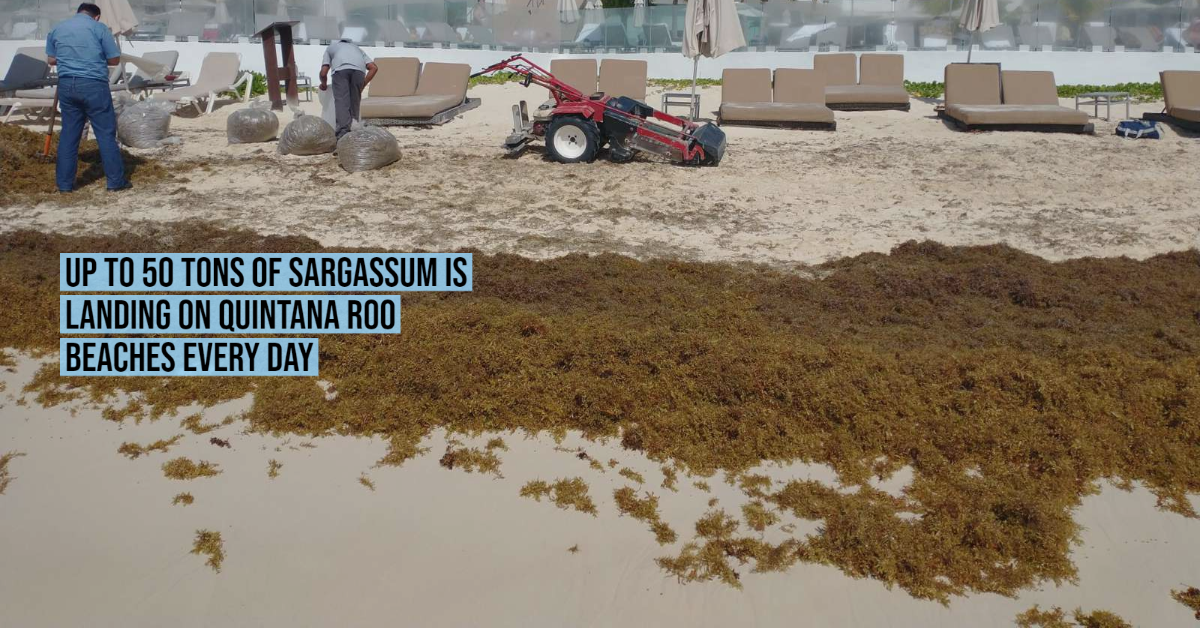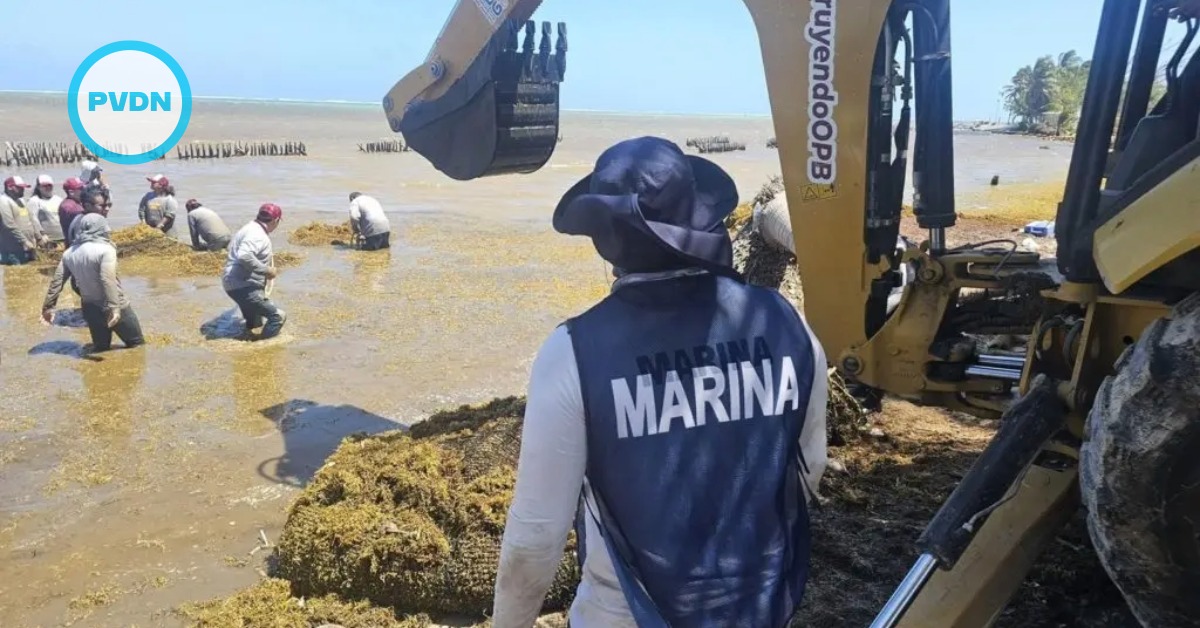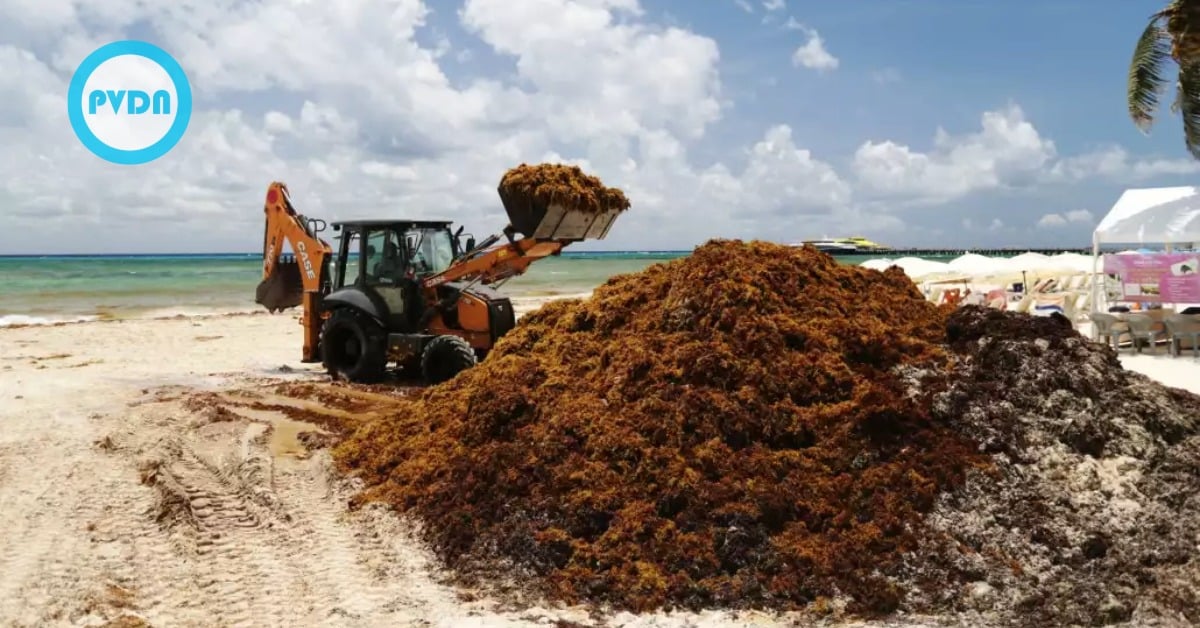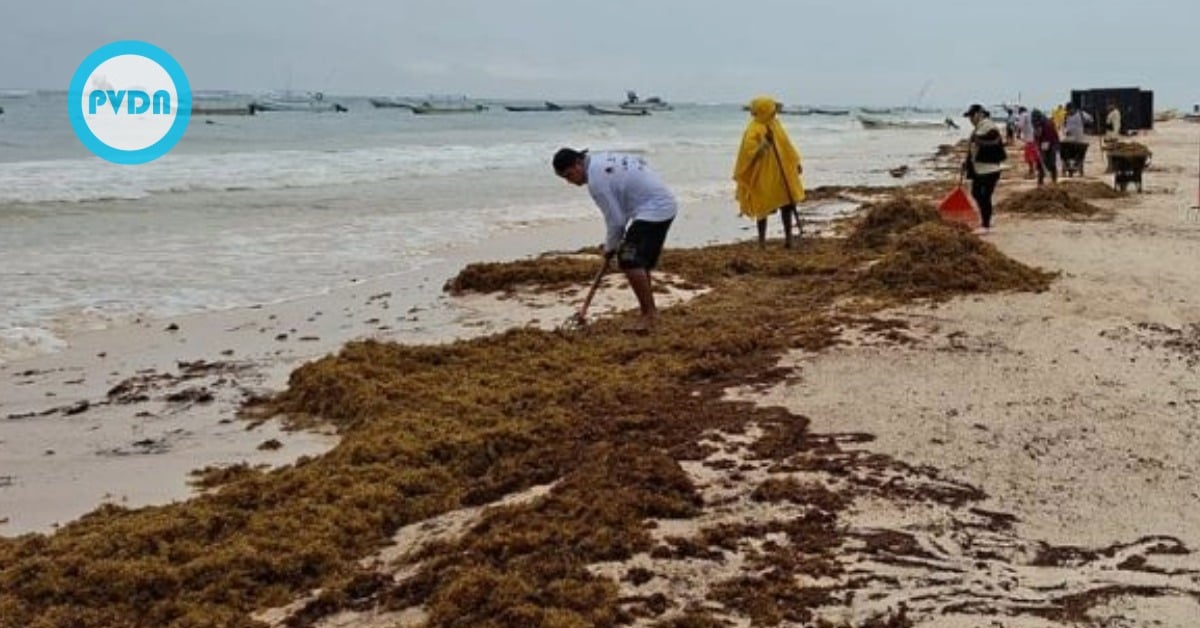Quintana Roo is on red alert due to the arrival of sargassum in quantities that reach up to 50 tons per day per municipality; Given this, businessmen from the Riviera Maya called for the immediate intervention of the three levels of government to contain the problem.
The director of the Sargassum Monitoring Center, Esteban Amaro, stated that the sargassum stain, which covers the Quintana Roo territory, measures around 150 kilometers in diameter.
In this regard, the president of the Caribbean Business Coordinating Council of the Riviera Maya, Lenin Amaro, highlighted the importance that the directors . . .






